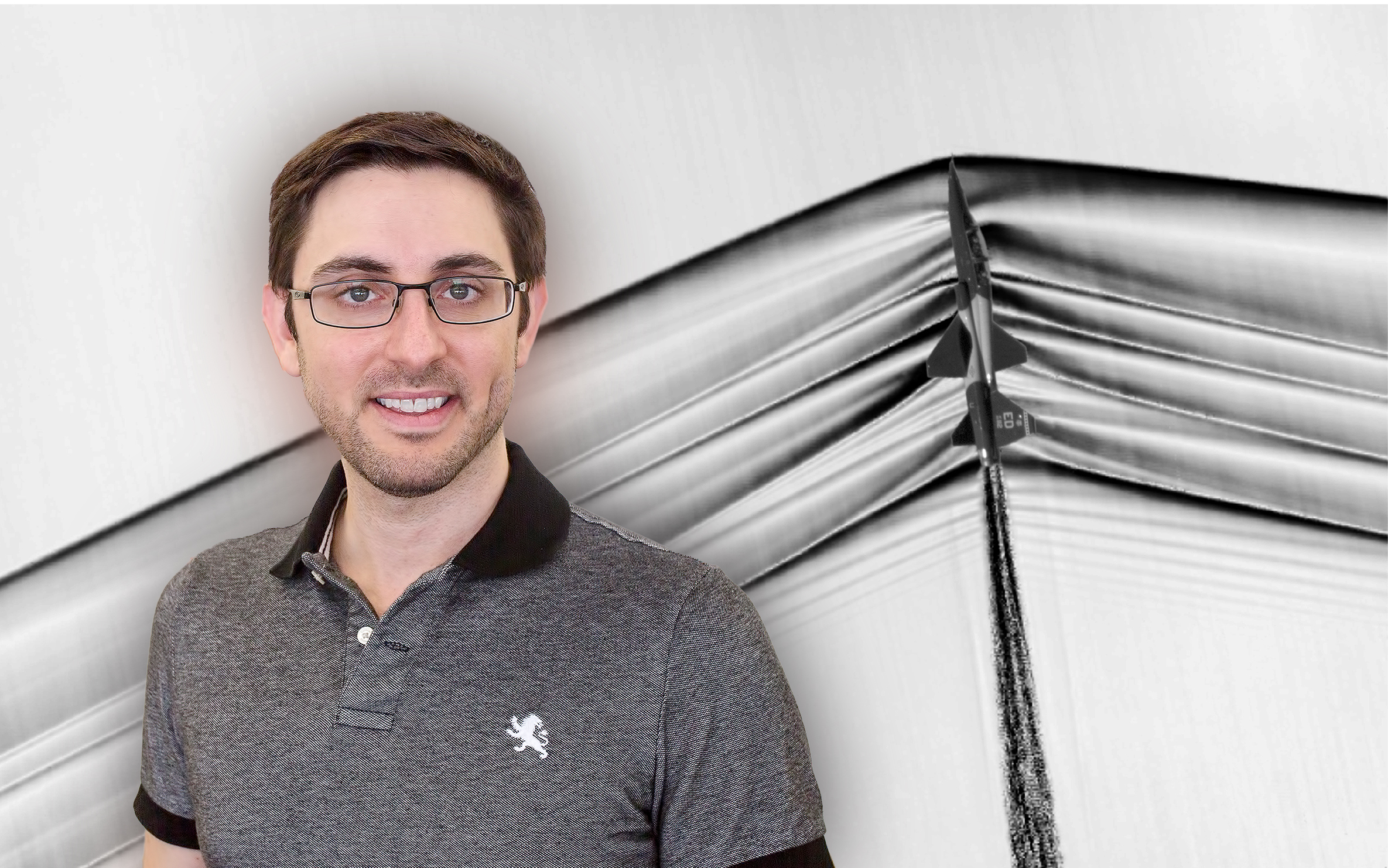The team used computer simulations to model the movement of a jet of plasma, the charged state of matter composed of electrons and atomic nuclei that makes up all the stars in the sky, including our sun. Many cosmic events can produce plasma jets, from relatively small star burps to gigantic stellar explosions known as supernovae. When fast-moving plasma jets pass through the slower plasma that exists in the void of space, it creates what is known as a collision-less shock wave.
These shocks also occur as Earth moves through the solar wind and can influence how the wind swirls into and around Earth’s magnetosphere, the protective magnetic shield that extends into space. Understanding plasma shock waves could help scientists to forecast the space weather that develops when the solar wind swirls into the magnetosphere and enable the researchers to protect satellites that allow people to communicate across the globe.
The simulations revealed several telltale signs indicating when a shock is forming, including the shock’s features, the three stages of the shock’s formation, and phenomena that could be mistaken for a shock. “By being able to distinguish a shock from other phenomena, scientists can feel confident that what they are seeing in an experiment is what they want to study in space,” said Derek Schaeffer, an associate research scholar in the Princeton University Department of Astrophysics who led the PPPL research team. The findings were reported in a paper published in Physics of Plasmas that followed up on previous research reported here and here.
The plasma shocks that occur in space, like those created by Earth traveling against the solar wind, resemble the shock waves created in Earth’s atmosphere by supersonic jet aircraft. In both occurrences, fast-moving material encounters slow or stationary material and must swiftly change its speed, creating an area of swirls and eddies and turbulence.
But in space, the interactions between fast and slow plasma particles occur without the particles touching one another. “Something else must be driving this shock formation, like the plasma particles electrically attracting or repelling each other,” Schaeffer said. “In any case, the mechanism is not fully understood.”
To increase their understanding, physicists conduct plasma experiments in laboratories to monitor conditions closely and measure them precisely. In contrast, measurements taken by spacecraft cannot be easily repeated and sample only a small region of plasma. Computer simulations then help the physicists interpret their laboratory data.
Today, most laboratory plasma shocks are formed using a mechanism known as a plasma piston. To create the piston, scientists shine a laser on a small target. The laser causes small amounts of the target’s surface to heat up, become a plasma, and move outward through a surrounding, slower-moving plasma.
Schaeffer and colleagues produced their simulation by modeling this process. “Think of a boulder in the middle of fast-moving stream,” Schaeffer said. “The water will come right up to the front of the boulder, but not quite reach it. The transition area between quick motion and zero [standing] motion is the shock.”
The simulated results will help physicists distinguish an astrophysical plasma shock wave from other conditions that arise in laboratory experiments. “During laser plasma experiments, you might observe lots of heating and compression and think they are signs of a shock,” Schaeffer said. “But we don’t know enough about the beginning stages of a shock to know from theory alone. For these kinds of laser experiments, we have to figure out how to tell the difference between a shock and just the expansion of the laser-driven plasma.”
In the future, the researchers aim to make the simulations more realistic by adding more detail and making the plasma density and temperature less uniform. They would also like to run experiments to determine whether the phenomena predicted by the simulations can in fact occur in a physical apparatus. “We’d like to put the ideas we talk about in the paper to the test,” says Schaeffer.
Support for this research came from the DOE Office of Science and the National Atmospheric and Space Administration. Simulations were performed on the Titan supercomputer at the Oak Ridge Leadership Computing Facility, a user facility at the DOE’s Oak Ridge National Laboratory.
PPPL, on Princeton University’s Forrestal Campus in Plainsboro, N.J., is devoted to creating new knowledge about the physics of plasmas — ultra-hot, charged gases — and to developing practical solutions for the creation of fusion energy. The Laboratory is managed by the University for the U.S. Department of Energy’s Office of Science, which is the single largest supporter of basic research in the physical sciences in the United States and is working to address some of the most pressing challenges of our time. For more information, visit https://energy.gov/science
Original post https://alertarticles.info


